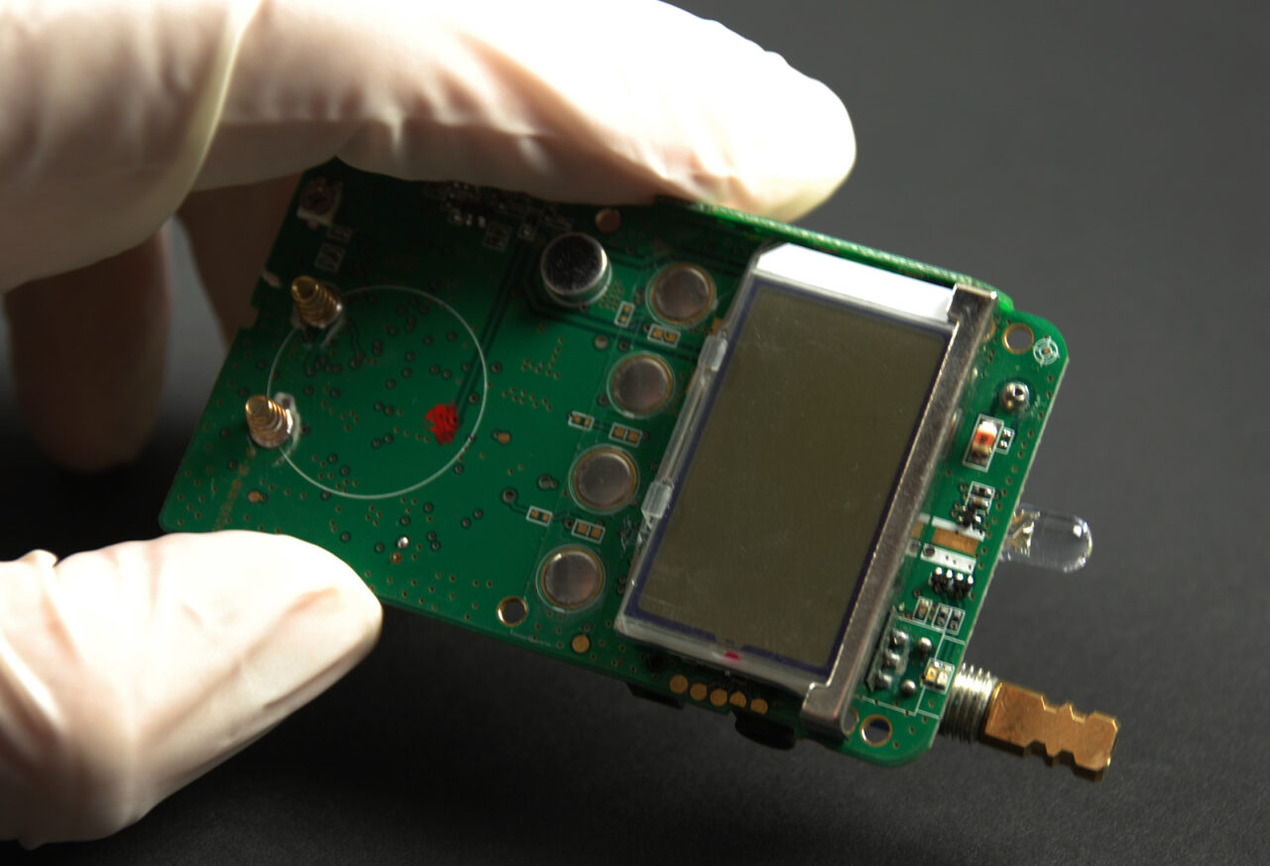
In February 2017, the World Bank introduced
a free, web-based tool to identify potential sites for solar power generation
anywhere in the world. Today, the World Bank launched a free, web-based
application, the Global Wind Atlas (GWA) developed to help policymakers and
investors identify potential high-wind areas for wind power generation
virtually anywhere in the world, and perform preliminary calculations, prior to
the installation of meteorology measurement stations on site. It is expected to
serve as a useful tool for governments to get a better understanding of their
wind resource potential at provincial and local levels.
The tool facilitates online queries and provides freely
downloadable datasets based on the latest input data and modeling
methodologies. Users can additionally download high-resolution maps showing
global, regional, and country wind resource potential in the Downloads section.
The website states that the correct usage of the Global Wind
Atlas dataset is for aggregation, upscaling analysis and energy integration
modeling for energy planners and policy makers. It is not correct to use the
data and tools for wind farm siting.
This new version of the Global Wind Atlas (GWA 2.0) is the
product of a partnership between the Department of Wind Energy at the Technical
University of Denmark (DTU Wind Energy) and the World Bank Group
(consisting of The
World Bank and the International
Finance Corporation, or IFC). Work on GWA 2.0 was primarily funded by
the Energy Sector Management
Assistance Program (ESMAP), a multi-donor trust fund administered by
The World Bank and supported by 13 official bilateral donors. It is part of the
global ESMAP initiative on Renewable Energy Resource Mapping that includes
biomass, small hydropower, solar and wind. It builds on an ongoing commitment
from DTU Wind Energy to disseminate data and science on wind resources to the
international community.
GWA 2.0 is a major
upgrade from the first version of the Global Wind Atlas (GWA 1.0), which was
developed by DTU Wind Energy under the framework of the Clean Energy
Ministerial (CEM) and, in particular, the CEM Working Group on Solar
and Wind Technologies, led by Germany, Spain and Denmark. GWA 1.0 was
released in 2015, and benefitted from collaboration with IRENA (International Renewable
Energy Agency) and the MASDAR institute,
which brought various energy stakeholders together. Furthermore, the IRENA Global Atlas of
Renewable Energy created a dedicated platform to serve GWA 1.0 data to
a worldwide audience, which will now be updated to serve GWA 2.0 data.
The GWA website will continue to be owned and developed by DTU Wind Energy, and future upgrades and improvements are already planned under the partnership with the World Bank Group and ESMAP.
Methodology used

The GWA uses a downscaling process, moving from large-scale
wind climate data to microscale wind climate data. Large scale atmospheric data from re-analysis datasets are used as
an input into medium scale mesoscale atmospheric models, which model the
atmosphere’s complex flows and weather features so that weather systems and
weather fronts are well described and modeled. However, mesoscale models with
typical grid spacing of 3-10 km are too coarse to accurately describe the flow
over hills and ridges and terrain is often oversimplified by the grid spacing
in mesoscale models.
The output from the
mesoscale modeling is generalised to prepare it for use in microscale modeling.
The output of the microscale modeling is predicted wind climates, which account
for high resolution topography, such as hills, ridges and land use, such as
grasslands and forests. Factoring
in such terrain features is important to estimate wind resources because wind
resources are very sensitive to wind speed. Typical grid spacing in
microscale models is 5–100 m.
The datasets used in the GWA were chosen from the best
available global datasets for each required category. They had to be of high
quality, and also have high enough resolution so that the downscaling process
would not be missing large amounts of information.
As part of the development of GWA 2.0, the World Bank Group selected Vortex, a leading commercial provider of wind resource data analysis, to carry out a global mesoscale modeling simulation at 9km resolution using the latest ERA Interim reanalysis data. Nazka Mapps was the web developer.
















